Binaural head
This revision is from 2018/07/30 18:22.
How to build a binaural head using easyly available materials and 3D printed ears.
This binaural head is built using PVC pipes for the frame, 3D printed ears, and the high quality electret microphone Primo EM172 (the EM272 can be used as a drop in replacement for the EM172).
It is intended to be used with a sound card capable of stereo ballanced input with a +48v phantom power.
A dedicated circuit board is used to power the microphone.
Dimmentions are given for PVC pipes available in Europe, and 8mm microphone cable. You can adapt to your needs.
Head assembly:

First, you will need a piece of PVC pipe of 21cm length, and 6.3cm outer diameter.
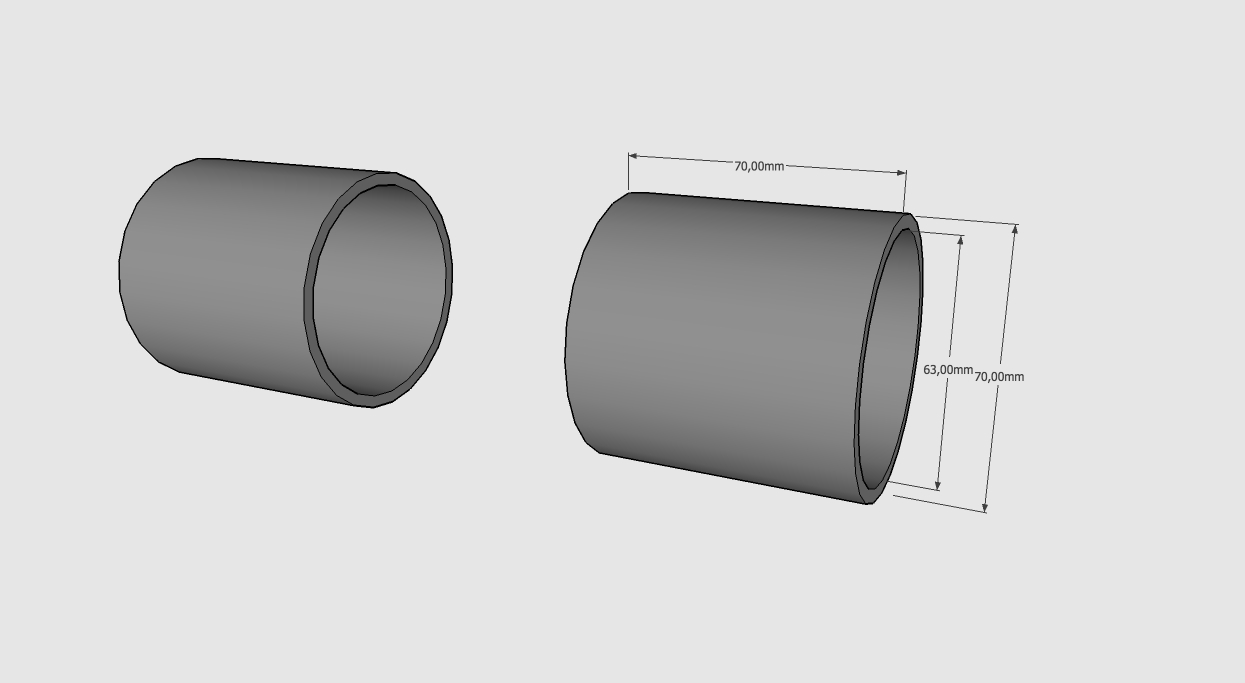
You will need as well two pipe extender, usualy of 7 cm long and 6.3cm inner diameter.
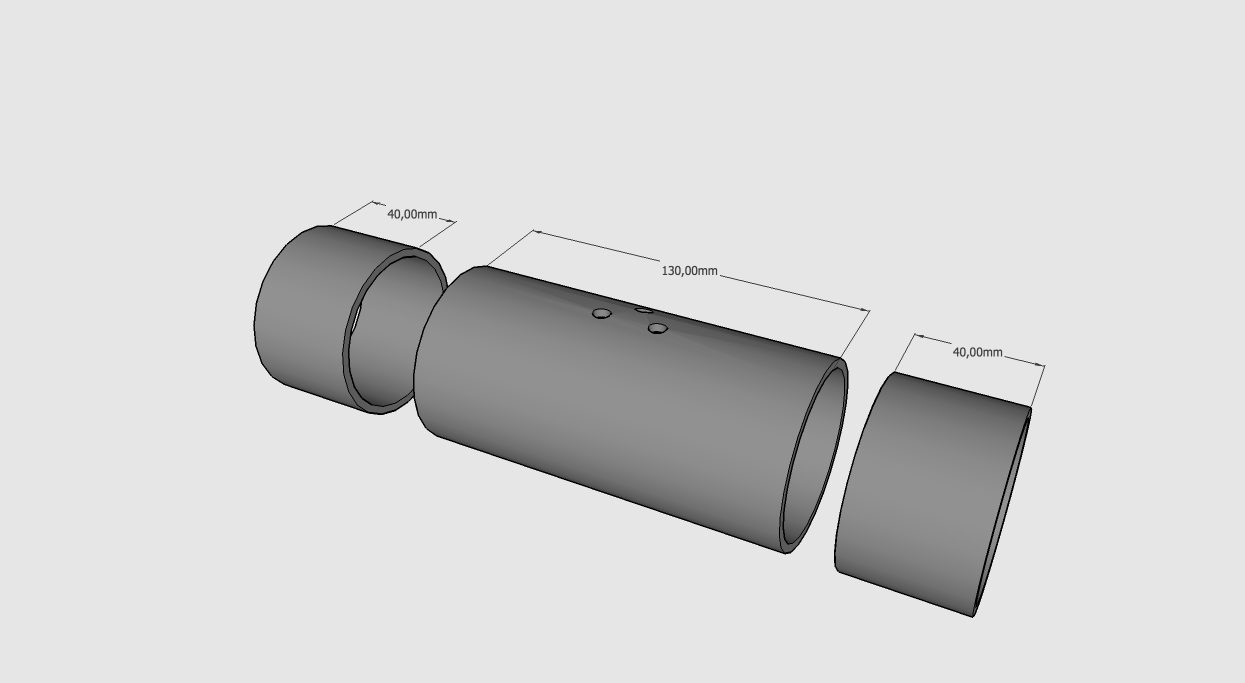
Cut the PVC pipe in two 4cm lenght parts, and one of 13cm length.
http://gregoirelauvin.net/ftporth/locus/locusWiki/locus%20wiki/Head%20PVC%20build%20picts/PVC%20head%204.jpg
In the 13cm piece, drill 3 8mm holes in a triangle shape. The outer one are for the cables, the center on for support.
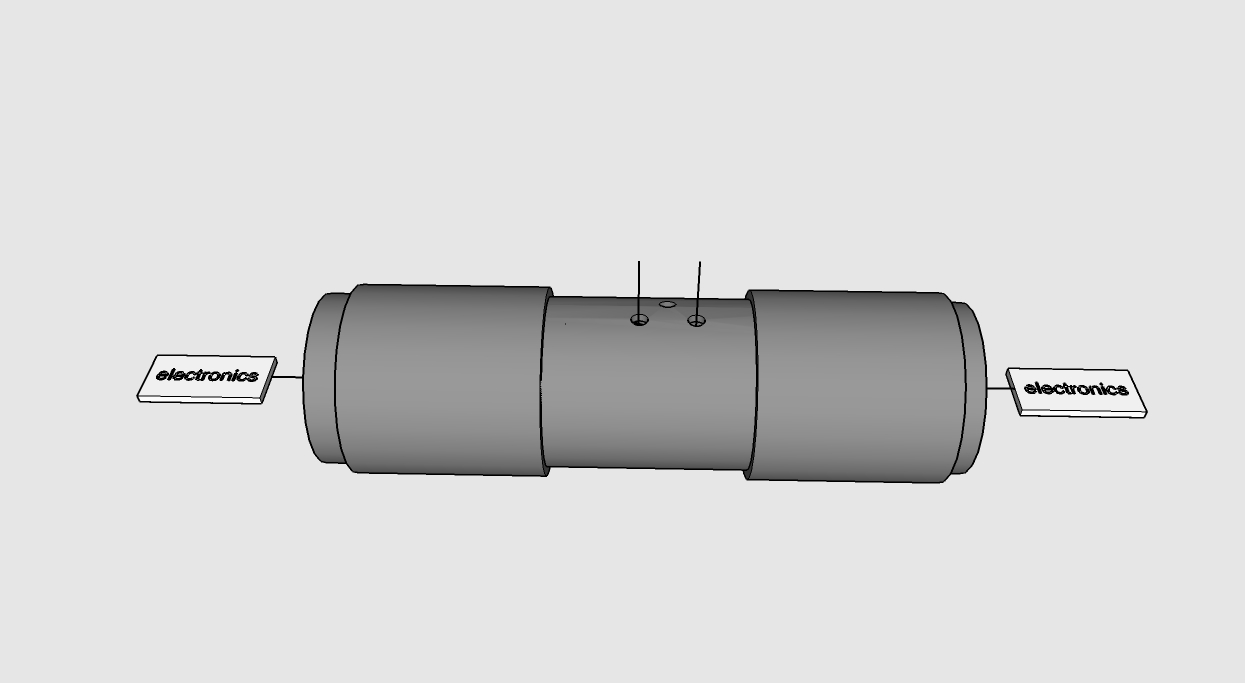
Assemble as showned.Using mono shielded microphone cable, put the cable through the holes and the pipe assembly.
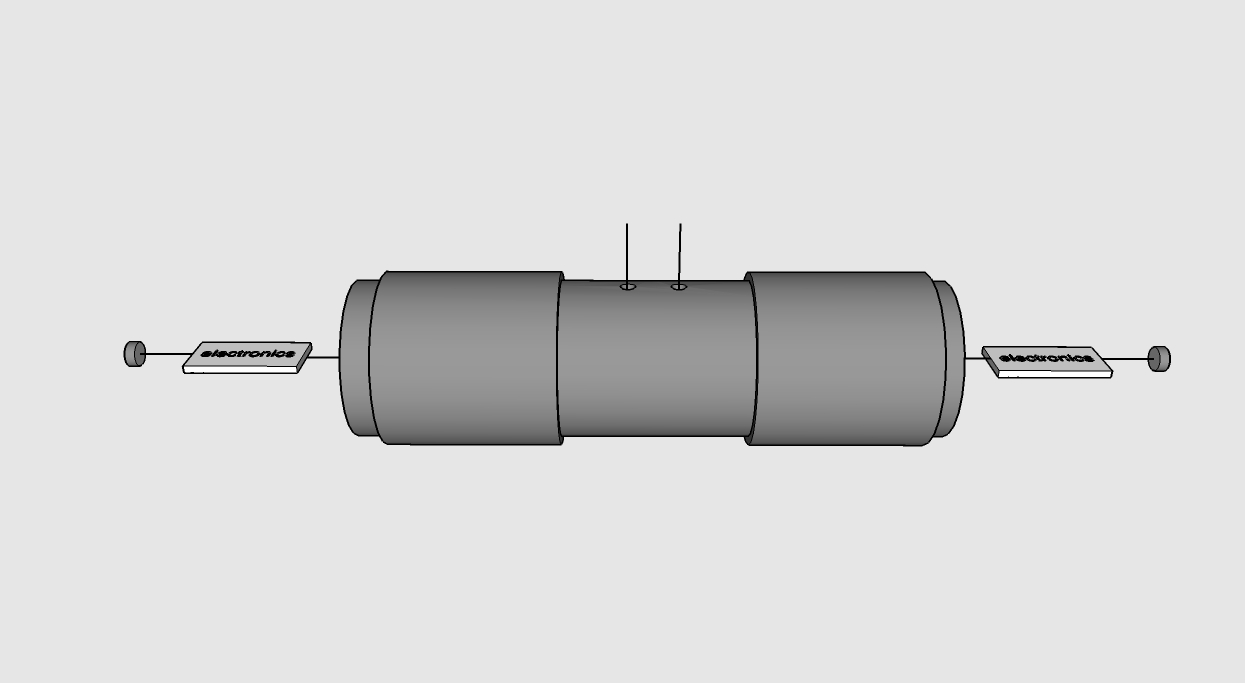
Solder the circuitry required to power the electret microphones.
You can find extended informations on the Electrer Microphone page.
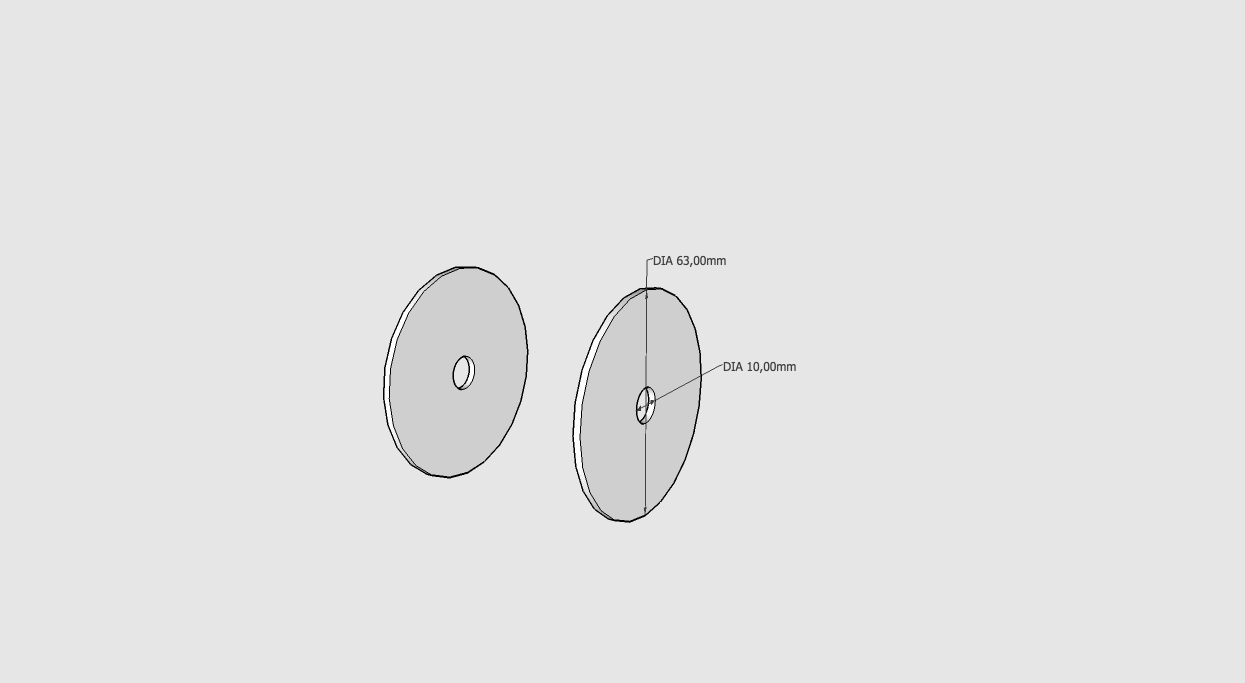
Solder the electret microphones. We recommand the Primo EM172 microphones, witch provide great quality and low noise.
Out of wood or plastic, drill a 63mm circle. It doesn't have to be a perfect circle, but will provide the ear support.
Drill a 10mm hole in the center.
Glue the ears to this support. You can pick one of our proposed ear, download one from the internet or scan you own. A purchased silicon ear can do as well.
Fit the microphones in the 10mm holes in the support plate.
And assemble the all thing by fitting the pipes in one another.
You can une a L shape piece of metal to provide a stand, we recommand to bolt it from the inside. Then it can be screwed to a microphone or microphone stand using the correct bolt.
Fit XLR male plug at the other end of each cables. You will need to remember what you did on the circuit side to know whitch one is hot, cold or ground.
A human head is roughly 20cm in width, but it's round. Because of its roundness, the sound take more time to goes around when coming from one side to another. With a 90° angle it takes around 730 micro seconds. Our PVC head is just a pipe,and we need to adjust for that by having it a bit wider than a human head. Calculation gives a distance of around 25cm for the sound to go from one ear to the other in 730 microseconds:
34300cm/s*0,00073s=25.0cm
Therefor, a 25cm width PVC head is recommended.
The PVC head is adjustable in width, so you can choose to use the regular 20cm width or the 25 adjusted for flatness width as you like.
A similar head live stream can be listen to at this adress.
Last changed 2023/11/16 23:16